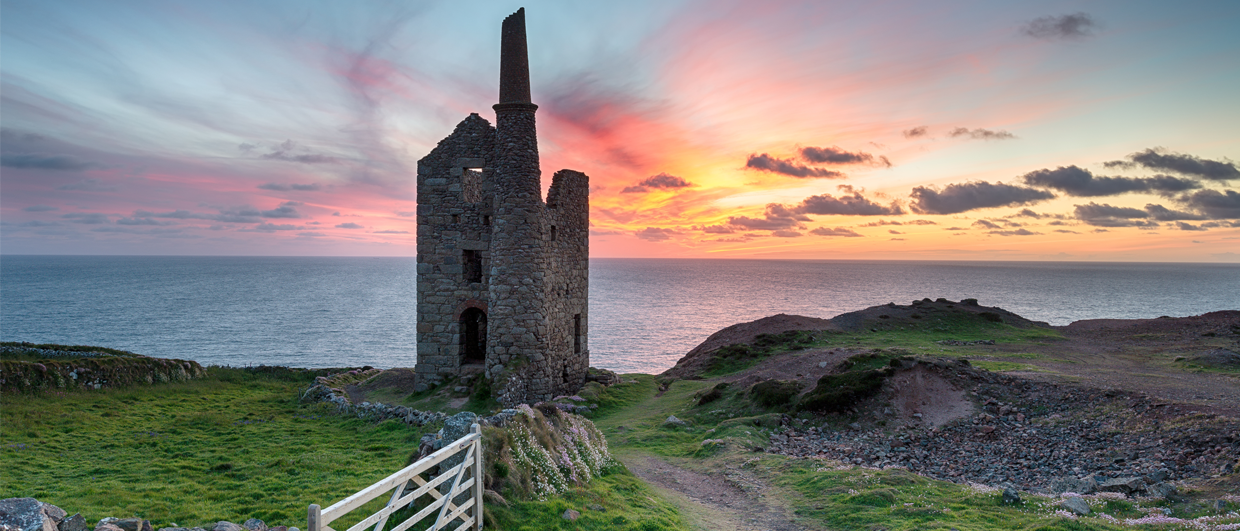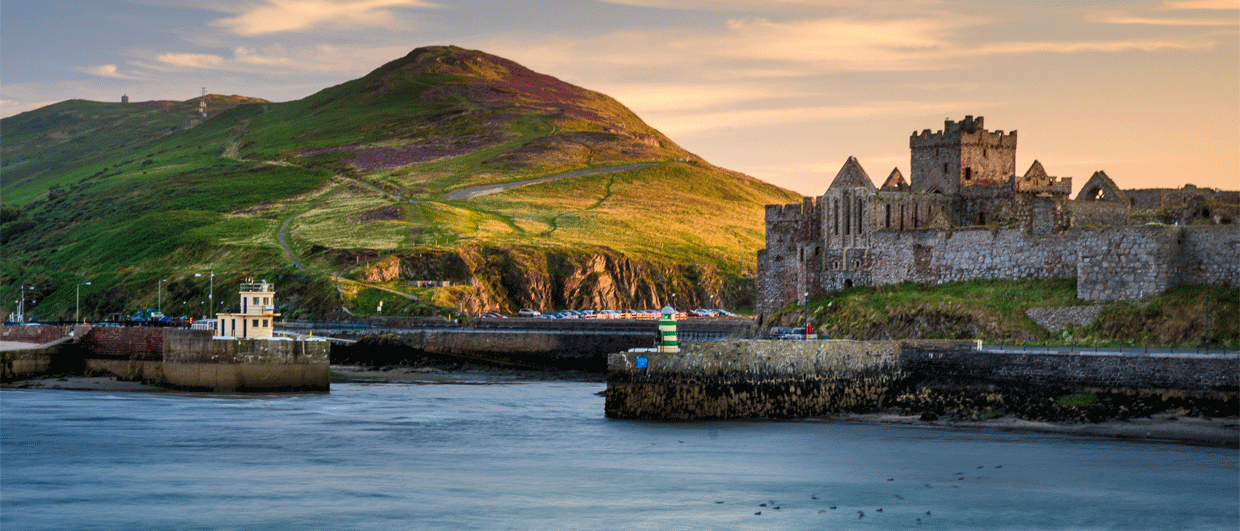A New Year brings new challenges, and for me, that means writing for GEO EXPRO. I am writing after the Xmas break which is traditionally eating, drinking and watching old films. This year those films included Troy (2004), and what a lot of geology that story has. Based on Homer’s epic poem The Iliad, the Kingdom of Troy is named after King Tros, whilst the city of Ilium is named after Tros’s son, Ilus. Greek myths get very complicated, very quickly, so I hope you’re securely strapped-in to your mythological seats.
Ilus’s mother, and Tros’s wife, was Callirhoe, daughter of the river god Scamander, who is geologically essential to the story. The city is located on a small hill overlooking the Plains of Ilium, which are the meander plain of the river Scamander where the battles between the Archaeans and Trojans took place.
We all know the death of Achilles, but less well-known is that he nearly died earlier in the story. Scamander was enraged by Achilles’s rampage of death and the tossing of the Trojan dead into his river, considering it a desecration. In retaliation, he rose up in a furious flood to overwhelm the Greek hero.
This is plausible: A meandering, anastomosing river becoming clogged and reworked by the actions of thousands of bronze-clad warriors. Rerouted and overbanked, once dry areas flooded and well-worn pathways lost, so catching some unfortunate by surprise.
Achilles survived because Hephastus, blacksmith and god of earthly-fires, dried up the river and saved the day, or rather saved the deity. Hephastus was the god of volcanoes, and metals and ores, and thus our geological patron.
Troy, latterly famed for its Trojan Horse, but previously a renowned horse culture, was a client kingdom of Poseidon, the God of the oceans, rivers and lakes, and, yes, horses. Yet Poseidon was more than that; he was also the god of earthquakes, known also as Ennosigeios, the “earthshaker”.
Ennosigeios contains the Greek word σείω (seíō) “to shake” which is where we get the word seismic. Poseidon used his knowledge of earthquakes to build incomparably robust new defences for the city, whilst his companion Apollo played his lyre to inspire and beautify the construction. I think we’ve all worked with an “Apollo” at one time.
I have visited the archaeological site of Troy and seen those walls. They are meticulously constructed, with intricately interlocking stone blocks, supposedly earthquake proof. Troy is located in northwest Turkey at the boundary of the Eurasian Plate and Anatolian Microplate, with the devastatingly active North Anatolian Fault Zone running directly through the kingdom. If anyone was best qualified to build the walls of Illium it would be Poseidon, Ennosigeios, Lord of Earthquakes.




